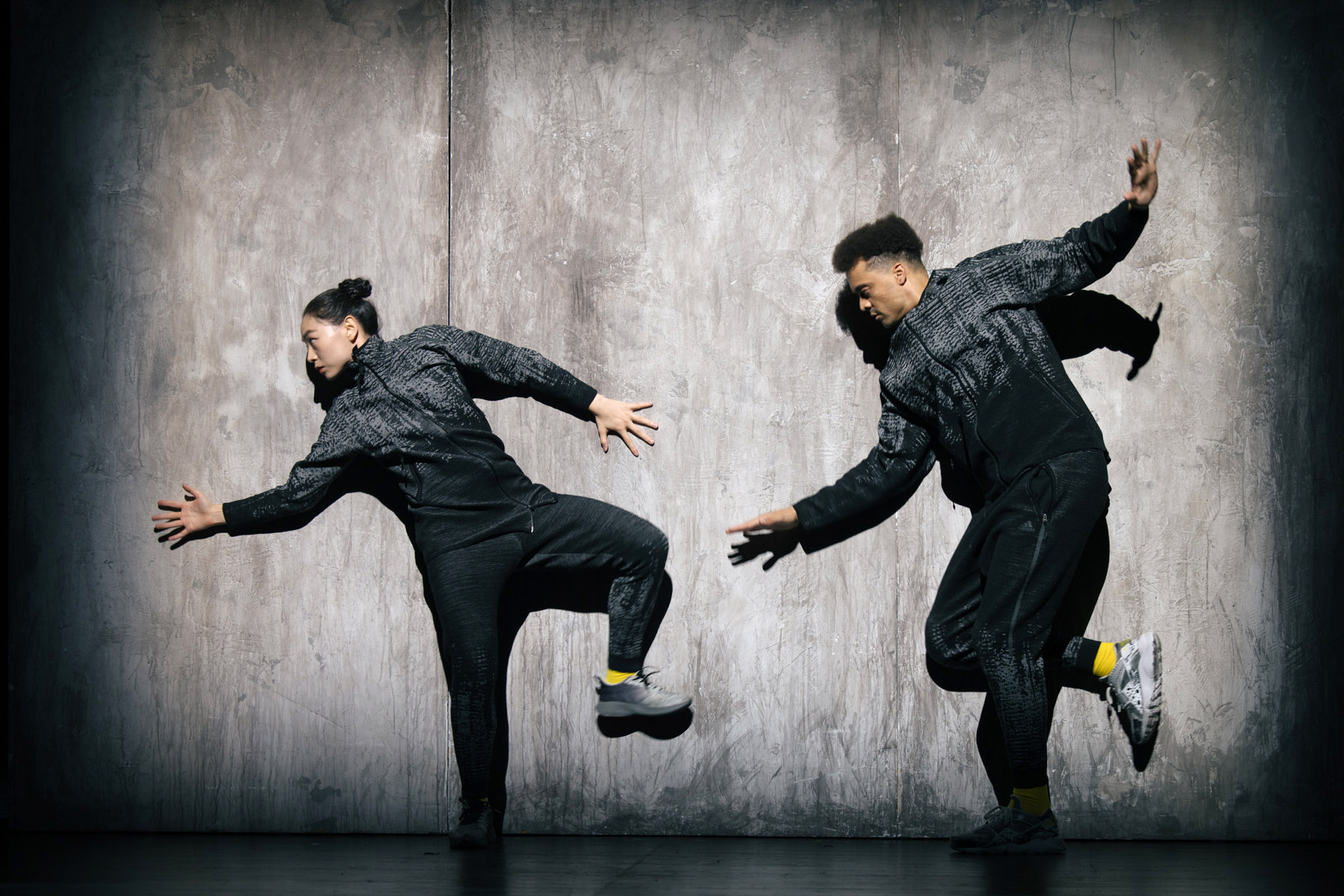
Breaking will debut as one of the competitive events at the Paris Olympics this year, the first time a dance sport has ever been included in the Olympic Games.
In celebration of this addition, the Shanghai International Dance Center held its first French Breaking Season, showcasing three innovative contemporary breaking productions from France from May 24 to Monday.
It (breaking dance) is very capable of expressing contemporary ideas on the professional stage while evoking a strong resonance among young audiences.
Chen Li, project director of the Shanghai International Dance Center Theater
Compared to some other dance genres, breaking was born on the street and is relatively easier to master, according to Chen Li, deputy general manager and project director of the Shanghai International Dance Center Theater.
"It is very capable of expressing contemporary ideas on the professional stage while evoking a strong resonance among young audiences.
READ MORE: Dance shows poetry in motion
"We hope the French Breaking Season will attract more young people to the theater through the language of hip-hop to learn about the diversity of contemporary dance," she says.
France may be the country with the most breaking competitions, with one or two competitions going on every weekend, according to Julien Saint-Maximin, also known as BEE D. He is the breakdancer and choreographer of Dos Au Mur, the first production of the French Breaking Season, performed at the Shanghai International Dance Center Theater on May 24 and 25.
Breakdancers, known as B-boys and B-girls, compete as a group known as a "crew" in the competition and at the end of the year, the crews compete for the national title as well as the opportunity to compete in the international competition.
Saint-Maximin has won several titles including French Champion, European Champion and the 4th place in the World Breakdance Championships.
In 2012, he founded the Yeah Yellow company with Regneault Camille, also known as Kami, and, with a team, they competed in numerous international battles. He and Camille won with the French team at the Outbreak Europe in Slovakia in 2016.
Ever since its birth in New York in the 1970s, breakdancing has been an important part of the hiphop culture. The past 10 years or so saw the emergence of many professional breakdancers from France and other parts of the world, says Saint-Maximin.
Unlike gymnastic competitions, breakdancers don't compete with a prepared routine. They have to improvise without knowing in advance what music the deejay will play.
"In competition, we try to be efficient, more creative and physical and focus on the music to take the audience and the jury in a very short time, usually in one minute," he tells China Daily.
The Olympics will be "almost the same thing as what we do in battle everywhere", he says. "We don't know the music or know what we will do. We just know who the opponents are."
A breakdancer will practice their signature moves, something special and individual, and build from it as large as possible a vocabulary for their performance. But in the limited time of a battle, "we have to think really fast and choose immediately what we want to show, what is the best for the moment and the music", he says.
Creating a theatrical show allows the artists to be in full control of the props, music and costumes, as well as give sufficient time to showcase their technical strengths and build a narrative while keeping some improvisation.
Dos Au Mur originates from fencing: when a fencer steps back too much to avoid danger, he ends up with his "back to the wall", without another choice than having to move forward to fight his opponent. The walls were also useful props as they provided a new vertical surface for dancers to present the signature floor movements of breaking in a different perspective, Camille explains.
Weeks before the performance in Shanghai, Camille suffered a shoulder injury during practice and Zhang Yan, a Chinese dancer from the Xie Xin Modern Dance Theater, filled in for her in the Shanghai performance.
ALSO READ: Drama as dance in new production of Thunder and Rain
Zhang, who trained professionally in Chinese and contemporary dance, tells China Daily that breaking has a different vibe from contemporary or Chinese dance, and "it is all about confidence and self-expression, very much part of the street culture". Breakdancing brought her a feeling never experienced with any other dance.
The second piece Exit, performed on May 31 and Saturday, was created by the Art Movement Concept Company, which is known for its original style mixing hip-hop techniques with a contemporary fluidity and sensitivity through movement. The work is a fusion of circus, mime and modern dance, and displays the beauty of breakdancing — its strong rhythm and many technical movements such as "freeze" and "air flair".
The third production We Are Monchichi will be shown on Sunday and Monday. It tells a story about the connections and antagonism between people, in which the two dancers Shihya Peng and Marco Di Nardo transform themselves into two distorted mirrors — exposing more about ourselves than we thought we knew.


